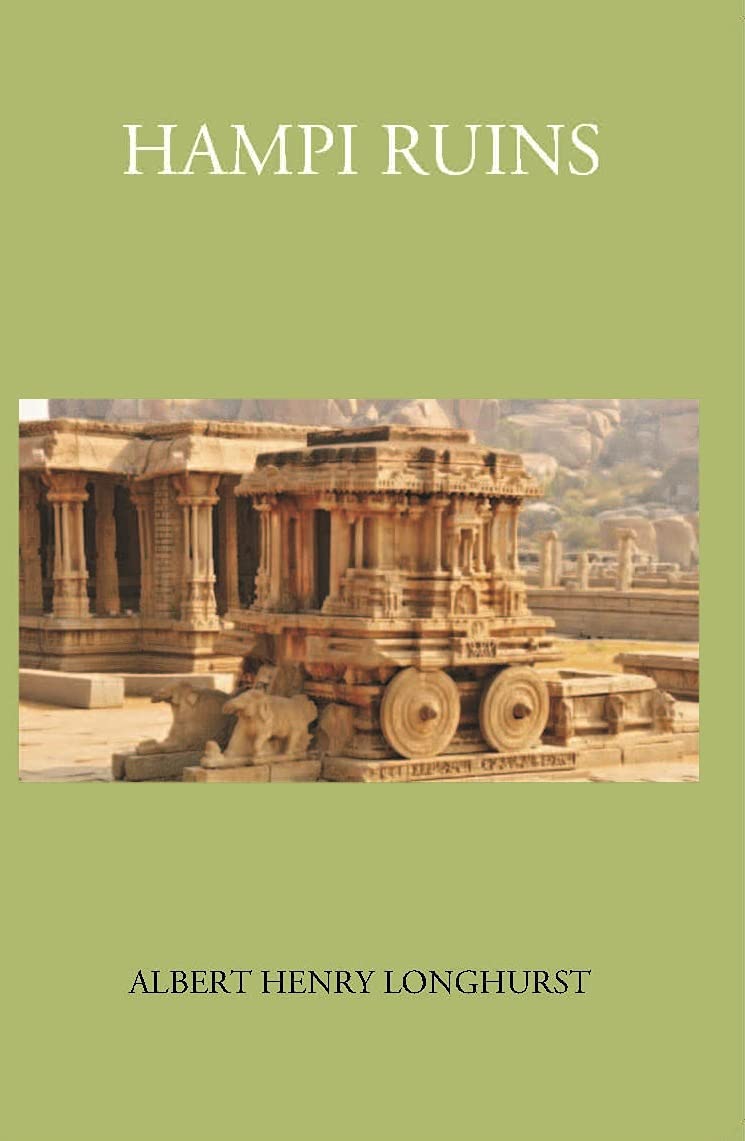Hampi Ruins Described And Illustrated - HB
Hampi Ruins Described And Illustrated - HB
Couldn't load pickup availability
About the object of this book is to give a clear and brief description of the various styles of buildings produced during the Vijayanagar period, and also to consider the influences that have contributed to the formation of each special style. The book is in two parts; part one deals with the main influences that have contributed to the buildings, and gives notes on the location, History of Vijayanagar from the inscriptions, the social and political history recorded by the foreign travelers and then the religious influences. Part two describes the chief buildings existing at Hampi. This part is further divided into five parts and they notice 1. the fortifications and irrigation works, 2. Buildings in the citadel 3. Indo-Sarcenic buildings, 4. Buildings on the road to Hampi and 5. Building on the Northern and Eastern side of the city. The book has 69 photographs, 1 map, and was first published in 1917. About the Albert Henry Longhurst was a British archaeologist and art historian, working in India and Ceylon. He was the brother-in-law of Sir John Marshall, the Director-General of the Archaeology Survey of India (1902-1928). In October 1913 he was appointed the Superintendent of the Southern Circle, Archaeological Survey of India. From 1927 to 1931 he was in charge of the systematic digging of Nagarjunakonda. Longhurst served as the Archaeological Commissioner, Archaeological Survey of Ceylon between 1934 and 1940, mainly working at Polonnaruwa but also at Anuradhapura and Sigiriya, concentrating more on conservation/restoration rather than excavation. The Title 'Hampi Ruins Described And Illustrated written/authored/edited by A. H. Longhurst', published in the year 2020.
Share

